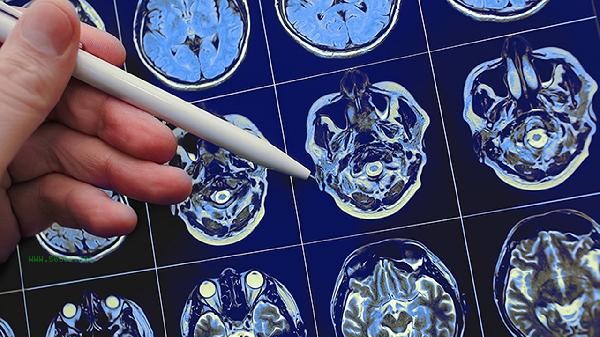The complete absorption of cerebral hemorrhage blood clots usually takes 2-8 weeks, and the specific time depends on factors such as bleeding volume, location, patient age, and underlying diseases. The main influencing factors include blood clot volume, bleeding site, coagulation function, control of complications, and individual metabolic differences.

1. Blood clot volume:
Small volume bleeding<10ml takes about 2-4 weeks to absorb, moderate volume bleeding 10-30ml takes 4-6 weeks, and large volume bleeding>30ml may last for 6-8 weeks or even longer. The volume of hematoma directly affects the clearance efficiency of macrophages, and the absorption progress is often monitored through CT re examination in clinical practice.
2. Bleeding location:
Cerebral lobe hemorrhage absorbs quickly for 3-5 weeks, basal ganglia area takes 4-6 weeks, and brainstem and cerebellar hemorrhage may be prolonged to 6-8 weeks due to their special location. Deep bleeding is caused by slow repair of the blood-brain barrier and longer resolution time of edema in surrounding brain tissue.
3. Coagulation function:

Patients with abnormal coagulation mechanisms have an extended absorption time of 1-2 weeks. When taking anticoagulant drugs such as warfarin or in the presence of thrombocytopenia, it is necessary to correct coagulation disorders before initiating the process of hematoma absorption. At this time, close monitoring of INR values is necessary to adjust medication.
4. Complications:
When combined with rebleeding, infection, or hydrocephalus, the absorption cycle is prolonged by 30% -50%. Secondary cerebral vasospasm can slow down hematoma breakdown, while increased intracranial pressure may require surgical intervention to remove blood clots.
5. Individual difference:
The metabolism of young patients is 2-3 weeks faster than that of the elderly, and the absorption speed of diabetes patients is reduced by 20% -40%. People with good nutritional status recover faster, and absorption efficiency is significantly improved when hemoglobin levels are greater than 100g/L.

During the recovery period, it is recommended to maintain stable blood pressure below 130/80mmHg, control daily sodium intake within 3g, and supplement vitamin C and zinc appropriately to promote tissue repair. Passive joint activity can be performed to prevent muscle atrophy, but intense head movements should be avoided. Regularly review head CT or MRI. If the hematoma absorption is less than 50% or neurological function deteriorates after 6 weeks, surgical consultation should be considered. Raising the head of the bed 15-30 degrees during sleep can help reduce cerebral venous return pressure.








Comments (0)
Leave a Comment
No comments yet
Be the first to share your thoughts!